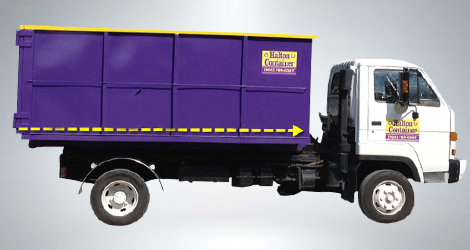 1) Swap in energy efficient light bulbs
1) Swap in energy efficient light bulbs
Compact fluorescent light (CFL) bulbs will last nearly 10 times longer than incandescent lightbulbs. Plus they save on energy costs over time. LED bulbs in your are even better because they last more than five times as long as a CFL bulb.
2) Compost your food waste
Did you know that 20 to 30 per cent of municipal garbage is made up of food scraps and garden debris? Don’t toss it in the bin, compost it instead.
3) Replace the water heater in your home
Water heaters are super energy hogs. Only heating and cooling systems beat water heaters for the most energy consumed in a typical home. When it’s time to replace your water heater be sure to consider these three pieces of advice:
- Stick with gas or electric power sources (what you already have rather than) to eliminate a potentially costly retrofit.
- Tankless water heaters are not always the most efficient option.
- ENERGY STAR certified water heaters are a good bet.
If your water heater is younger than 13 years old (the typical lifespan of a heater) then you can make making it more efficient as follows:
- Use a water heater insulating jacket – available from Rona or Home Depot to insulate it.
- Install insulation around hot water pipes you can access easily.
- Turn down the water heater temperature if you can by 5 C to make a difference to your electrical bill.
- When washing laundry use a cold water setting.
4) Recycle more at home
Recycling one of the greenest things you can do, and it offers many other benefits. It can lowers your taxes because it is cheaper for most communities to recycle instead of dumping. It can reduces greenhouse gas emissions and improves air quality. The recycling industry creates work for people, which reduces unemployment and boosts the local and national economy.
5) Switch to public transportation
Buses, trains, streetcars – they are available in most larger municipalities, yet many people ignore public transportation. About 60% of vehicle emissions come from cars and light trucks. That’s three times more than buses, freight trucks and trains combined. Did you know someone who drives 30 or so km roundtrip to work each day could reduce their carbon emission footprint by 4800 lbs per year? Other benefits of taking public transportation include lower personal gasoline consumption, less traffic congestion and it is more affordable than owning a car if you factor in insurance, fuel and maintenance.
6) Ride your bike, or walk to work
Don’t like taking the bus or train? Then walk or hop on your bike for a greener way to commute. About half of all Canadians live within 8 km of their workplace. If you fall into this category, walking or biking to work is a great and healthy option.
A 16 km roundtrip commute work burns about 469 litre of fuel in a typical midsize car. That’s the same as 1.3 tons of CO2 emissions. The cost of that gas is about $500 per year (at $1.05/litre) and puts extra wear and tear on your car.
Cycling or walking eliminates harmful CO2 emissions and saves you money on fuel. A 180-lb. person would burn about 372 calories per day biking to and from work (16 km total).



